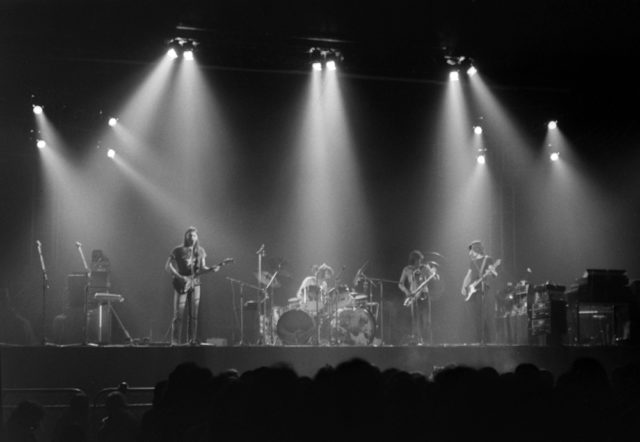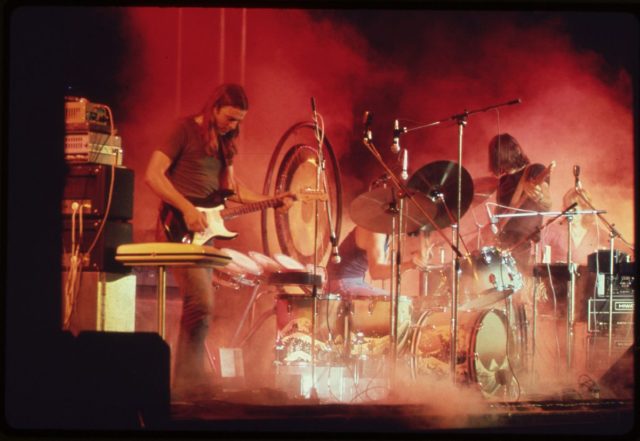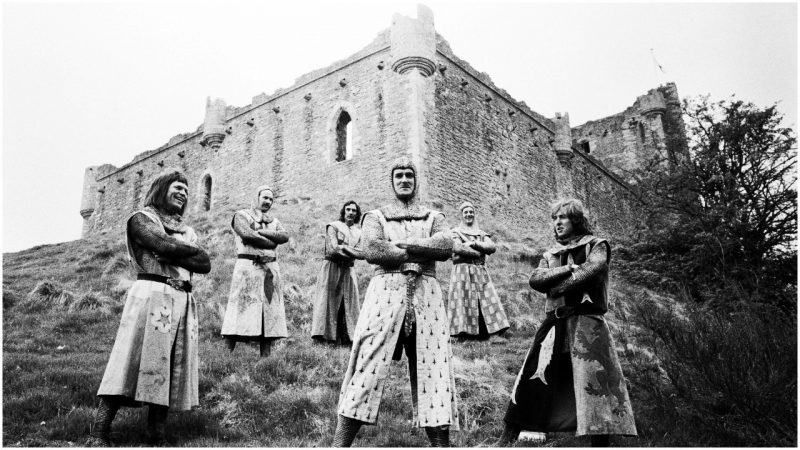Without a doubt, “The Dark Side of the Moon” is one of the greatest albums ever made on Planet Earth to date.
It’s the eighth studio album by the English rock band Pink Floyd, and it was released on 1 March 1973 by Harvest Records. The iconic album was based on ideas that had already been tackled by the band in previous recordings and live shows.
This time, though, it lacked some of the extended instrumental outings that were common before Syd Barrett, one of the founding members, left the band. “The Dark Side of the Moon” thematically traversed a number of serious topics: greed, conflict, the passage of time, and also mental illness, the last partly motivated by Barrett’s own worsening mental state (also thought to be the reason why he was out of the band).
An early version of the album evolved from live performances and was performed in an early form a few months before the actual recording began. Further material was then added during two recording sessions in 1972 and 1973 that took place at Abbey Road in London. Pink Floyd used some advanced recording techniques at that point, such as multitrack recording and tape loops. Analog synthesizers were noticeable in a few of the tracks, as well as snippets from taped interviews with Pink Floyd’s road crew while some philosophical lines were provided by others.

The audio engineer that worked on the project was Alan Parson, who had previously been involved in the production of some of the Beatles albums. He was mainly responsible for the majority of the distinct and striking sonic characteristics of the recordings. He also brought singer Clare Torry on board, who became famous for her epic vocals on the track “The Great Gig in the Sky”.
The album’s cover is a story of its own, probably as iconic as the music itself. The initial sketches of the artwork were made by George Hardie after which the Hipgnosis studio produced the final output: a distinctive prism spectrum, where the light band emanates in red, orange, yellow, green, blue, and violet, missing only the indigo color. Inside the sleeve there were two posters as well as two pyramid-themed stickers.
One poster was made up of images of Pink Floyd in concert upon which were scattered letters forming the band’s name. The second poster was an infrared photograph of the Great Pyramid, adding to the overall impact of the entire design. The design fulfilled the remit as requested by Richard Wright by being simple and bold . The same studio had also produced album covers for Black Sabbath, The Scorpions, Peter Gabriel, The Cranberries, and Muse among others.

Once the album was released, it went on to be an instant commercial and critical success. However, it topped the Billboard Top LPs & Tapes chart for one single week only, but it remained on the chart for an astonishing 741 consecutive weeks.
In terms of years, that would be from 1973 until 1988. It is estimated that the album sold some 45 million copies, becoming Pink Floyd’s best-selling album ever, worldwide. Since its first release, it was remastered and re-released twice more. “Money” and “Us and Them” became two of the greatest songs that came out of it. In commenting on the album’s success, Richard Wright had later said: “It felt like the whole band were working together. It was a creative time. We were all very open.”

The album brought fortunes to Pink Floyd’s members. Reportedly, part of the profits was invested in the production of “Monty Python and the Holy Grail“. The legacy of this great recording is hard to quantify, and since its release, it has had a substantial influenced modern music, with various musicians having either performed a cover version of some of the songs or have endorsed Pink Floyd as an influence on their own music. The release of “The Dark Side of the Moon” is also considered as a pivotal point in the history of rock music.

There is often a comparison drawn between Pink Floyd and Radiohead. This particularly refers to Radiohead’s 1997 album “OK Computer” which has been further labeled as “The Dark Side of the Moon of the 1990’s”, because of what both the albums have in common: the existential challenge of the creative individual to thrive in the modern world.
Deep music, but very much worth the listen if you have not heard these two albums before.
